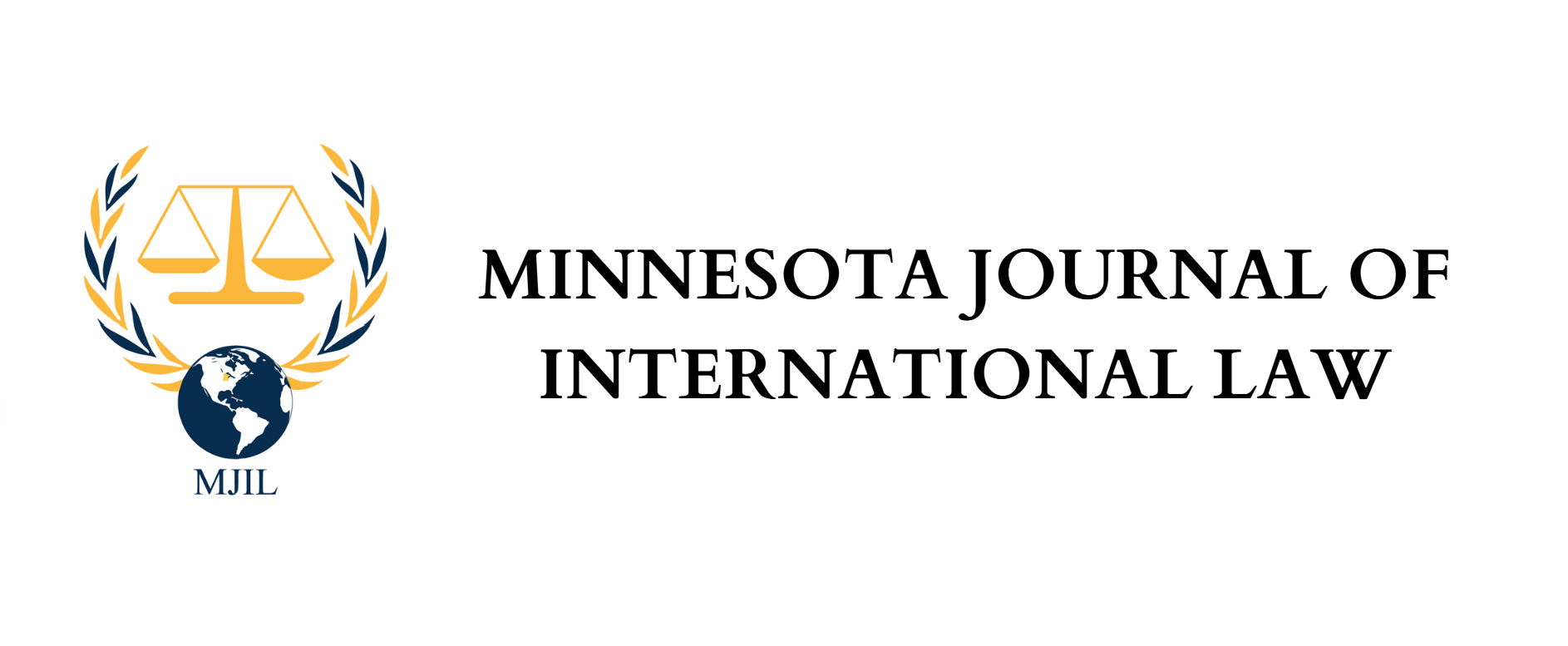AnnaLisa Hamann
Following months of negotiations surrounding the Compact of Free Association (COFA) renewal,[1] the United States and the Republic of the Marshall Islands signed a new Memorandum of Understanding (MOU) on January 12, 2023.[2] According to the U.S., the new MOU “confirms the shared desire to strengthen the special partnership between our nations.”[3] The newly signed MOU is intended to reflect important agreements expected to be present in the final COFA,[4] which will govern the two nations’ relations over the next 20 years.[5] The U.S. also signed MOUs to renew Compacts this year with the island nations of the Republic of Palau and the Federated States of Micronesia.[6] The Compacts of Free Association give the U.S. exclusive military rights to the land and waters of the three island nations, including the Republic of the Marshall Islands.[7] In exchange, citizens of the island nations may freely travel, live, and work within the United States without visa requirements and receive other federal benefits.[8]
Formerly territories of the United States, the three Pacific island nations comprise approximately 1,000 tropical islands and atolls and are home to roughly 200,000 residents.[9] Following World War II, the United States forcibly displaced thousands of Marshallese to use the Marshall Islands for military nuclear testing.[10] Between 1946 and 1958, the U.S. conducted 67 nuclear test explosions in the Marshall Islands.[11] The total radiation output was roughly equivalent to “conducting one Hiroshima-sized test every single day for 20 years.”[12] The effects of the nuclear tests continue to this day; some Marshallese are still unable to return to their original islands, and residents experience ongoing radiation-linked health issues, including elevated cancer rates.[13] On some islands, the average background gamma radiation is twice the stipulated amount allowed by agreement between the U.S. and the Marshall Islands.[14]
In March 2023, the House Foreign Affairs Committee held a subcommittee hearing, “Renewed U.S. Engagement in the Pacific: Assessing the Importance of the Pacific Islands.”[15] During the hearing, the Pacific Islands were referred to as the “lynchpin of the U.S. foreign policy in the eastern hemisphere.”[16] Committee members also acknowledged that the Pacific Islands face serious challenges, including “environmental cleanup from the U.S. nuclear testing during the Cold War.”[17] This concern surrounding environmental damage plays a key role in the negotiation process; while the newly signed MOU is part of the new COFA, it is one step forward in what has been a complicated and contentious process.[18] Marshallese negotiators sought agreement from the U.S. to increase and update financial and environmental assistance to the Marshall Islands to address the “long-standing health and environmental problems created by U.S. nuclear weapons tests.”[19] In September 2022, Marshall Islands delegates declared a pause in the negotiations until the U.S. government showed more willingness to address the serious economic, environmental, and health-related fallout of the nuclear testing.[20] The result of that arduous negotiation process, the newly signed MOU includes significant U.S. financial assistance to the Marshall Islands: $50 million paid to the island nation annually, $200 million over 20 years for health care programs and a strategic health initiative, and expertise and technical assistance for environmental impacts, along with funding for research facilities and improved accessibility to documentation surrounding the U.S. nuclear testing program.[21]
Why is the U.S. eager to renew these agreements now? Besides the fact that the current agreement expires in October 2023,[22] location plays a key role. The three island nations are in the Western Pacific—not far from China.[23] This makes exclusive military access extremely valuable to the U.S. for national security purposes, especially with the rising tension and competition between the U.S. and China.[24] Locking the Marshall Islands into another 20-year agreement is strategic.[25]
Today, residents of the Marshall Islands depend on the U.S. to proactively mitigate the ongoing environmental and economic effects of nuclear fallout. Since these relatively small islands hold such important foreign policy implications for the U.S., the U.S. should “ensure that [its] interests in the Pacific Islands are protected” while protecting the people, environment, and economy of the Pacific Island nations.[26] Hopefully the final agreement serves both purposes.
[1] Daryl G. Kimball, U.S., Marshall Islands Sign Deal on Nuclear Testing Impacts, Arms Control Ass’n (Mar. 2023), https://www.armscontrol.org/act/2023-03/news/us-marshall-islands-sign-deal-nuclear-testing-impacts.
[2] Dep’t of State, The United States of America and the Republic of the Marshall Islands Sign Memorandum of Understanding (Jan. 12, 2023), https://www.state.gov/the-united-states-of-america-and-the-republic-of-the-marshall-islands-sign-memorandum-of-understanding/.
[3] Id.
[4] The final Compact of Free Association agreement must be approved by Congress.
[5] Kimball, supra note 1.
[6] Id.
[7] Lilly Adams, Why Nuclear Justice for the Marshall Islands is the Biggest US-China Issue You’ve Never Heard Of, Union of Concerned Scientists: The Equation (Mar. 24, 2023), https://blog.ucsusa.org/lilly-adams/why-nuclear-justice-for-the-pacific-islands-nations-is-the-biggest-us-china-issue-youve-never-heard-of/.
[8] Id.
[9] Kimball, supra note 1.
[10] Id.
[11] Id.
[12] Adams, supra note 7.
[13] Hart Rapaport & Ivana Nikolić Hughes, The U.S. Must Take Responsibility for Nuclear Fallout in the Marshall Islands, Sci. Am. (Apr. 4, 2022), https://www.scientificamerican.com/article/the-u-s-must-take-responsibility-for-nuclear-fallout-in-the-marshall-islands/.
[14] Id.
[15] Renewed U.S. Engagement in the Pacific: Assessing the Importance of the Pacific Islands, Hearing Before the Subcomm. on Indo-Pacific, Foreign Affairs Comm., 118th Cong. (2023), https://foreignaffairs.house.gov/hearing/renewed-u-s-engagement-in-the-pacific-assessing-the-importance-of-the-pacific-islands/.
[16] Renewed U.S. Engagement in the Pacific, supra note 15 (statement of Rep. Young Kim, Chair on Subcomm. of Indo-Pacific).
[17] Id.
[18] Daryl G. Kimball & Chris Rostampour, U.S., Marshall Islands Grapple with Nuclear Legacy, Arms Control Ass’n (Nov. 2022), https://www.armscontrol.org/act/2022-11/news/us-marshall-islands-grapple-nuclear-legacy/.
[19] Id.
[20] Id.
[21] Kimball, supra note 1.
[22] Kimball & Rostampour, supra note 18.
[23] Adams, supra note 7.
[24] Id.
[25] Id.
[26] Renewed U.S. Engagement in the Pacific, supra note 15 (statement of Rep. Young Kim, Chair on Subcomm. of Indo-Pacific).
